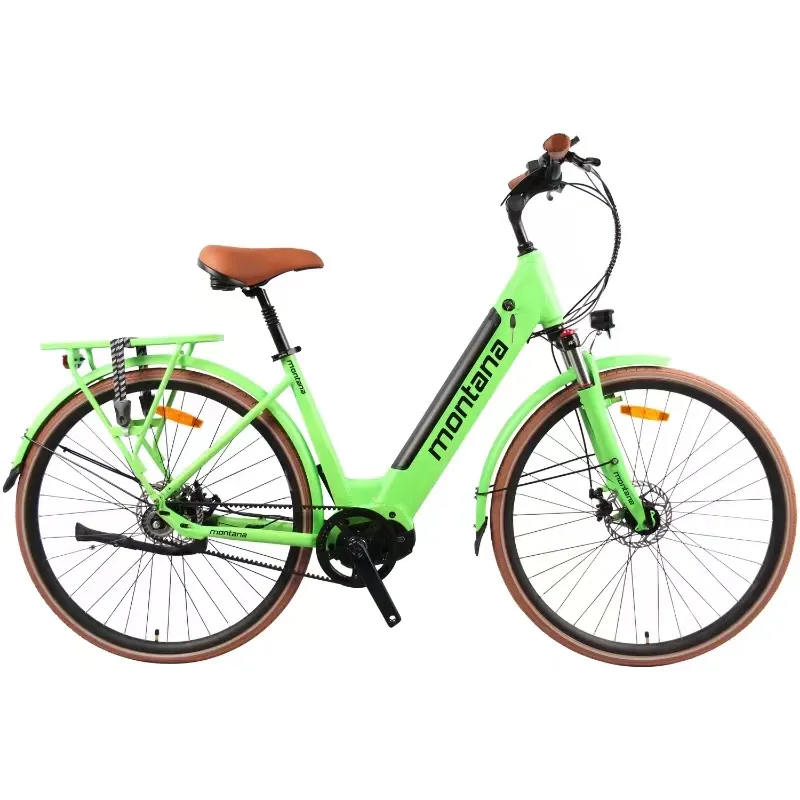
- Afrikaans
- Albanian
- Amharic
- Arabic
- Armenian
- Azerbaijani
- Basque
- Belarusian
- Bengali
- Bosnian
- Bulgarian
- Catalan
- Cebuano
- Corsican
- Croatian
- Czech
- Danish
- Dutch
- English
- Esperanto
- Estonian
- Finnish
- French
- Frisian
- Galician
- Georgian
- German
- Greek
- Gujarati
- Haitian Creole
- hausa
- hawaiian
- Hebrew
- Hindi
- Miao
- Hungarian
- Icelandic
- igbo
- Indonesian
- irish
- Italian
- Japanese
- Javanese
- Kannada
- kazakh
- Khmer
- Rwandese
- Korean
- Kurdish
- Kyrgyz
- Lao
- Latin
- Latvian
- Lithuanian
- Luxembourgish
- Macedonian
- Malgashi
- Malay
- Malayalam
- Maltese
- Maori
- Marathi
- Mongolian
- Myanmar
- Nepali
- Norwegian
- Norwegian
- Occitan
- Pashto
- Persian
- Polish
- Portuguese
- Punjabi
- Romanian
- Russian
- Samoan
- Scottish Gaelic
- Serbian
- Sesotho
- Shona
- Sindhi
- Sinhala
- Slovak
- Slovenian
- Somali
- Spanish
- Sundanese
- Swahili
- Swedish
- Tagalog
- Tajik
- Tamil
- Tatar
- Telugu
- Thai
- Turkish
- Turkmen
- Ukrainian
- Urdu
- Uighur
- Uzbek
- Vietnamese
- Welsh
- Bantu
- Yiddish
- Yoruba
- Zulu
Dec . 17, 2024 09:47 Back to list
how to install rear derailleur mountain bike
How to Install a Rear Derailleur on a Mountain Bike
Installing a rear derailleur on a mountain bike may seem daunting for beginners, but with the right tools and a step-by-step approach, you can complete the task successfully. The rear derailleur is crucial for shifting gears smoothly, allowing you to navigate various terrains effortlessly. In this guide, we will walk you through the entire process of installing a rear derailleur on your mountain bike.
Tools Required
Before you begin, gather the following tools
1. Allen wrenches (usually 5mm) 2. Screwdriver (flat-head and Phillips) 3. Chain tool (if you need to adjust your chain) 4. Bike stand (optional but recommended) 5. New rear derailleur
Step 1 Remove the Old Derailleur (if applicable)
If you're replacing an existing rear derailleur, you'll first need to remove it. Start by shifting your bike into the smallest rear cog to relieve tension on the derailleur. Using the appropriate Allen wrench, unscrew the mounting bolt that secures the derailleur to the derailleur hanger. After that, disconnect the chain by either breaking a link using a chain tool or removing the quick link if your chain has one. Finally, unplug the cable that runs to the derailleur by unscrewing the barrel adjuster.
Step 2 Prepare the New Derailleur
Take your new rear derailleur out of the packaging. Before installation, inspect it for any signs of damage. Check the alignment of the derailleur hanger on your bike; it should be straight. If it's bent, gently straighten it before continuing.
Step 3 Attach the New Derailleur
Position the new rear derailleur on the derailleur hanger and secure it using the mounting bolt. Make sure the derailleur is perfectly aligned with the hanger. Tighten it firmly, but be cautious not to overtighten, as it could strip the threads.
how to install rear derailleur mountain bike

Step 4 Thread the Chain
Now it's time to thread the chain through the rear derailleur. Make sure the chain is routed correctly through the jockey wheels — the top wheel should guide the chain to the gears when shifting. If you had to remove the chain earlier, now is the time to reconnect it. Ensure that the chain is at the correct tension and goes through all the derailleur's components smoothly.
Step 5 Install the Shifting Cable
Next, you'll need to connect the shifting cable. Begin by feeding the cable through the cable housing and into the derailleur’s cable anchor. Pull it tight to remove any slack, and then tighten the cable anchor screw to secure it in place. Make sure the cable is properly positioned according to the derailleur's design, ensuring optimal performance.
Step 6 Fine-Tuning Adjustments
Once the derailleur is properly installed and the cable is secured, it's time to make some adjustments to fine-tune shifting performance. You need to adjust the high and low limit screws located on the derailleur. These screws control how far the derailleur can move towards the smallest and largest cogs.
- High Limit Screw Shift into the smallest rear cog. Adjust the high limit screw to make sure the derailleur aligns perfectly with the cog, preventing the chain from dropping. - Low Limit Screw Shift to the largest rear cog. Adjust the low limit screw similarly to ensure the derailleur does not push the chain off-the-edge.
Step 7 Test the Setup
Finally, test the shifting system by shifting through all the gears. Make adjustments to the barrel adjuster if needed to ensure smooth transitions between gears. Take the bike for a short ride to verify that everything is functioning correctly and make further fine-tuning adjustments based on your riding experience.
Conclusion
Installing a rear derailleur on a mountain bike is a manageable task that can enhance your biking experience by providing precise gear shifts. Following these steps will ensure your installation is successful and your mountain bike is ready to tackle any trail with ease. With a bit of practice, you’ll gain confidence in maintaining your bike, leading to a more enjoyable ride. Happy cycling!
-
The Ultimate Kids' Four-Wheeler Experience
NewsJul.09,2025
-
The Ultimate Guide to Mountain Bikes: Gear Up for Your Ride
NewsJul.09,2025
-
The New Age of Cycling: Electric Bikes for Every Rider
NewsJul.09,2025
-
The Best Kids Bicycles: Ride in Style and Safety
NewsJul.09,2025
-
The Best 3-Wheel Scooters for Kids: Fun, Safety, and Adventure
NewsJul.09,2025
-
Revolutionize Your Ride: Affordable Electric Bikes
NewsJul.09,2025
-
Finding the Perfect Mountain Bike for Every Rider
NewsJul.09,2025



